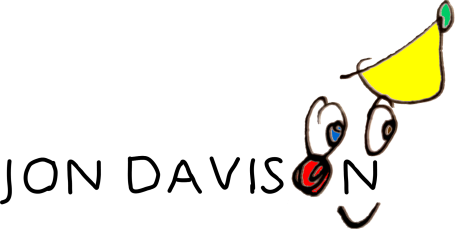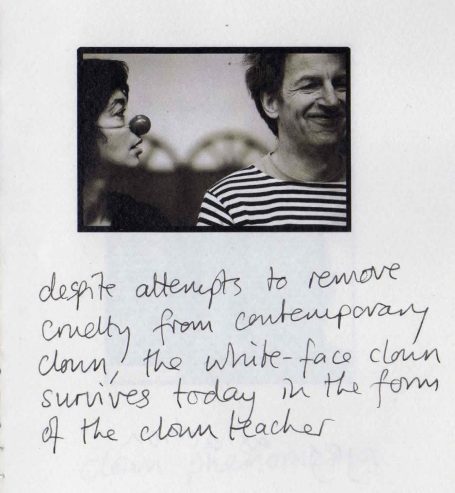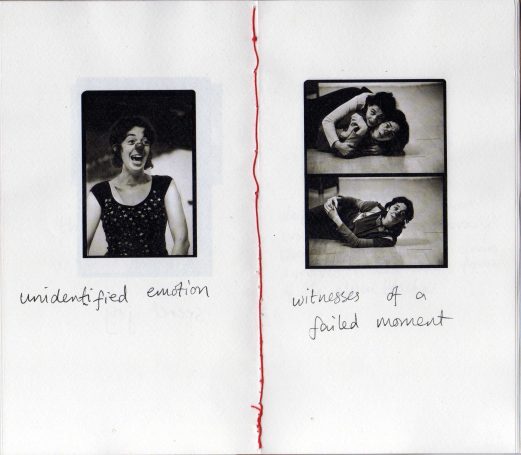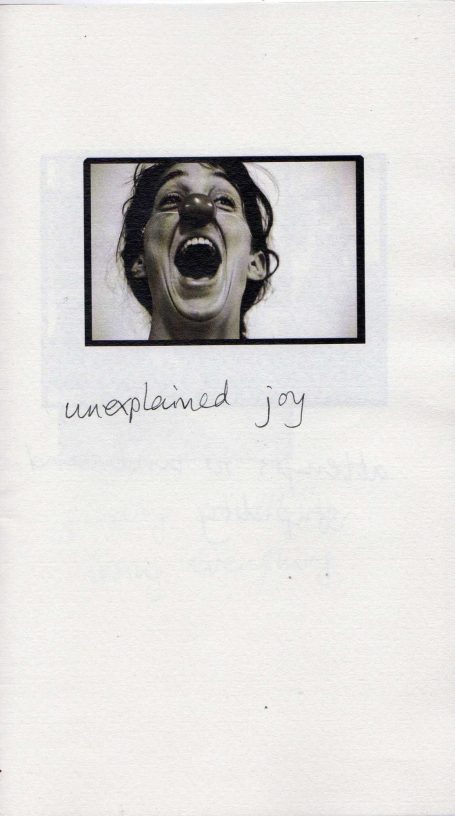Clown/Actor Training
'How do clowns act?'
Initially, this research began formally as a three-year Creative Fellowship, funded by the Arts and Humanities Research Council, at Central School of Speech and Drama, London 2007-2010, with the Escola de Clown de Barcelona as the Project Partner.
It led later to the publication of Clown Training - a practical guide (2015).
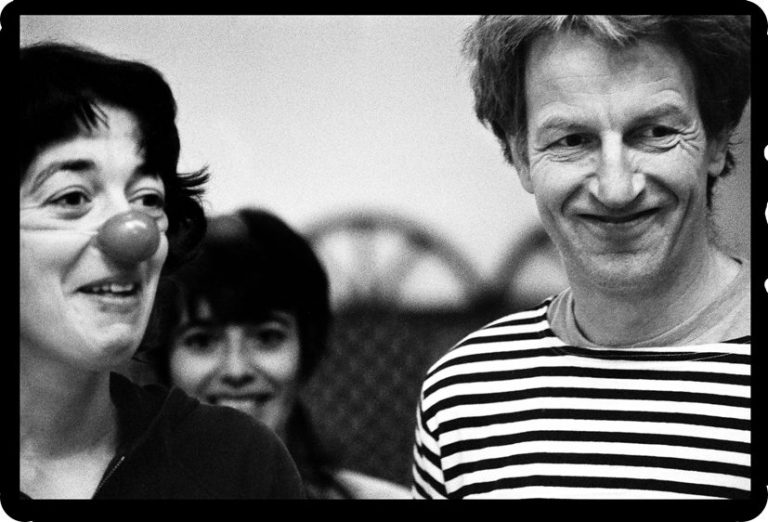

Clown research
What is clowning? Which definitions of clowning appeal to me today? What are the orthodox assumptions that can usefully be challenged?

Clown phenomenology
In this clown impro, my aim was to be with the chair rather than doing things with the chair. Chisenhale Dance Space, London, 11 July 2008

Clowning and improvisation
Improvisation and Clown
Post-Performance Discussion, Chisenhale Dance Space, London, 11 July 2008
Each of the three years asked a distinct question:
Firstly, what does it mean to be clowning? What is the experience of clowning in front of an audience. In what does it consist? This I called clown phenomena.
Secondly, what do clowns do? What are their actions, whether planned or improvised? What kinds of choices do clowns make in their actions? I called this clown dramaturgy.
Thirdly, what happens when the previous two questions are addressed simultaneously? In other words, when a clown performs in the moment for an audience using a set of planned and unplanned choices? This is what I called clown performance.
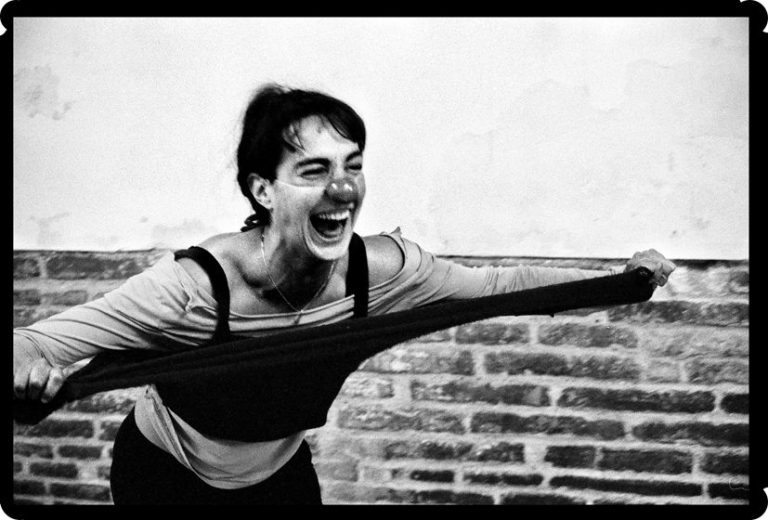

What exercises are truly useful in order to feel, understand and learn the basic state of clown? We revisited some familiar territory but with a critical eye.

Are there only a handful of truly clown exercises? What do they say about clown as a technique in itself, rather than as a function of theatre, mask or improvisation?

The paradox of emotional expression, i.e. how can it be that in clowning both real and fake emotions are interesting?

Research aims
The main driver for asking these questions was to strip away the decades of accumulated ideas, assumptions and practices in contemporary clown teaching and learning. By means of this questioning-in-practice, the aim was to find which ideas and practices (or discourses) make sense for us today.

We plunged headlong into vertiginous play, in an attempt to generate a kind of play-energy that would be appropriate to clowning, i.e. one that doesn't involve rules. What kind of preparation could we use for clowning if we dispense with rule-bound games?

We began to ponder how our new-found freshness in being present as clowns would hold up in the face of having to perform prepared numbers. We revisited the exercises we had found useful throughout the year, moulding them into a form that we could perform in front of a live audience, leading to group and solo performances at Chisenhale Dance and at the Festival Of Emergent Art at CSSD.

Clowning By Numbers was an attempt to tackle clowning as text, as opposed to play. The question here was: what do clowns do? Not: what are clowns?
Clowning by Numbers is a selection of mini-dramas from the golden age of clowning a century ago, rare masterpieces of comedy seldom seen today.
Clowns… spontaneous yet disciplined… original yet familiar… subtle yet grotesque… anarchic yet formulaic… hilarious yet heart-rending… Whether you want your clowns to be oafish buffoons or refined artists, then this is a show for you…
Clown Phenomena
clown workshop photography
clown teacher - Jon Davison
photographer - Frédérique Bangerter
participants - Helena Otaegui, Marta Serena, Paula Ibáñez, Mercè Solé, Carlos Fabregas
These photographs were taken during a week of workshops in December 2007 at the Barcelona Clown School. The workshops are part of a series of investigatory sessions that are taking place throughout the three years of this research project.
We have found that there has been a remarkable coincidence of vision between the two artists involved (Jon Davison, clown; and Frédérique Bangerter, photographer). Can it be that the criteria for clowning may well be the same as the criteria for photography, and that what the clown trainer is looking for is, or can be, identical to what the photographer is looking for? Can we document such key clown phenomena as joy, ridiculousness and being-in-the-moment? We think so, and are continuing to investigate how photography can capture clown-moments.
My original assumption was that I would document this research via digital video, but found that the medium imposed a sense of time, an inexorable march of narrative onto a form that seeks a kind of timelessness, where the performers function as witnesses to that eternal moment.
This can be true of theatre in general, of course, but clown finds itself frequently in this void, as it does not rely upon character, rational logic, or even upon action. Photography, being a still form, understands this well. Hopefully then, these photos are not images of clowns, but of moments where clown appears.
Frédérique Bangerter is a freelance photographer from Geneva, now based in Madrid. Her early studies were in Fine Art, and she has retained a keen interest in pictorialism in photography. Her main interest is in producing images that work in wider contexts, such as working with text, or images as objects. She is currently working on a joint project exploring how photography relates to architecture.
Outputs from the research project: articles and papers
The research is practical, but also produces tangible documentation in the form of videos, images and articles and other writings, posted on the ClownBlog
Click on the links below to read:
Welcome to ClownBlog
International Clown Research Project
Draft Notes on Contemporary Clown Research, October-December 2007
The Phenomenology of Clown
The Dramaturgy of Clown or “What do clowns do?”
An Encyclopaedia of Clown
Clown Training Today: an historical survey
Clown Research Workshop, Year 3, No. 1, 8/10/09
Clown Research Workshop, Year 3, No. 2, 15/10/09
Clown Research Workshop, Year 3, No. 3, 22/10/09
Clown Research Workshop, Year 3, No. 4, 29/10/09
Clown Research Workshop, Year 3, No. 5, 5/11/09
Clown Research Workshop, Year 3, No. 6, 12/11/09
Clown Research Workshop, Year 3, No. 7, 19/11/09
Clown Research Workshop, Year 3, No. 8, 26/11/09
Clown Research Workshop, Year 3, No. 9, 3/12/09
Clown Research Workshop, Year 3, No. 10, 10/12/09
Clown Workshops: how do they work?
Clown Workshop at Shakespeare’s Globe, 16/12/09
Clown Research Workshop, Year 3, Week 11, 12-15/01/10
How to be a clown
Clown History Today
Documenting Clown Training
